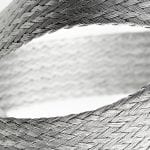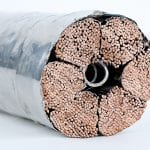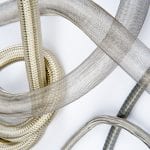Download a PDF of our newest booklet which describes the numerous products and services we offer, industries we serve, and the reasons why we are your custom cable manufacturer of choice.
Download our General Capabilities booklet here
Now that you know us a little better, let’s talk! Contact us at any time to discuss your upcoming projects and biggest challenges – we’re here to help!



















